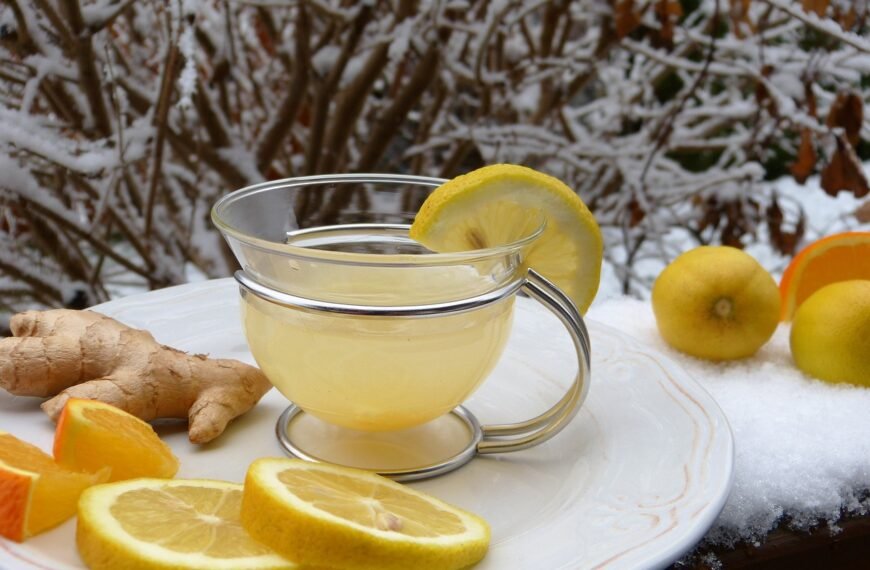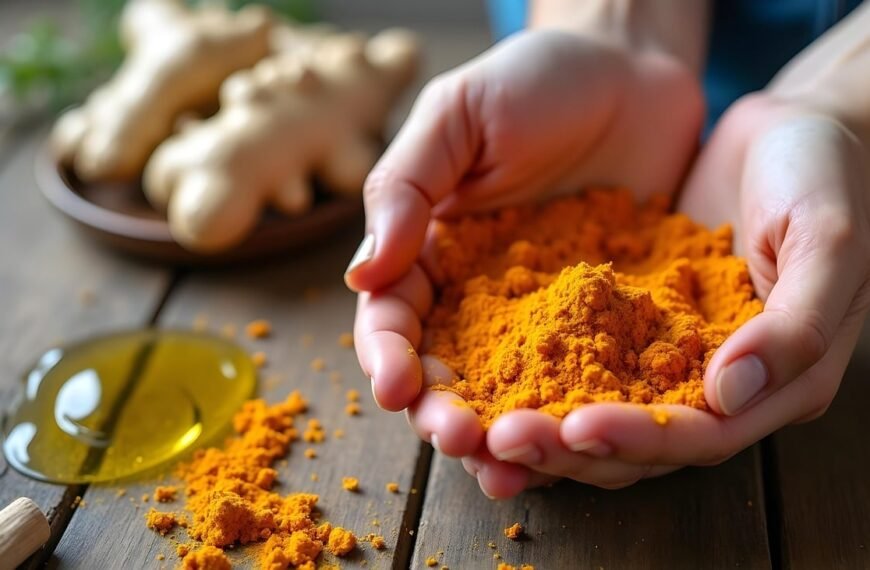If You may have encountered natto, a sticky, stringy, and mildly odorous meal, if you have ever visited Japan or studied traditional Japanese cuisine. It is produced by employing a bacterium known as Bacillus subtilis to ferment soybeans. Natto is regarded as one of the healthiest foods on the earth, and for good reason, even though it might not first appeal to everyone’s taste buds or win a beauty pageant.
Also Read: Standardized Botanical Extracts
We’ll explain why natto is so nutrient-dense, how it helps your health, and why it could be worthwhile to try this potent superfood in this post.
1. Packed with Nutrients
Natto is incredibly nutrient-dense. A typical serving (about 100 grams) contains:
- 18 grams of protein – complete with all nine essential amino acids
- Fiber – about 5 grams
- Vitamin K2 – more than any other known food
- Iron, magnesium, calcium, potassium – crucial for bone and heart health
- Vitamin C and B vitamins – support immunity and metabolism
That means you’re getting a big dose of essential nutrients in just one small dish.
Also Read: Supercritical Fluid (SCF) Extracts
2. Bone Health Booster: High in Vitamin K2
One of the standout nutrients in natto is vitamin K2 (menaquinone-7 or MK-7), which plays a vital role in:
- Transporting calcium to your bones
- Preventing calcium buildup in arteries
Vitamin K2 is uncommon in Western diets, but most people get adequate K1 from green vegetables. Calcium may wind up in the wrong locations, such as your arteries rather than your bones, if you don’t get enough K2.
📌 Fun fact: Just 1 tablespoon of natto can supply over 1000% of your daily K2 needs!
3. Heart Health Hero
Thanks to its high vitamin K2 content, natto may help lower the risk of heart disease. Here’s how:
- Reduces arterial stiffness by preventing calcium buildup
- Improves blood flow through its natural enzyme, nattokinase
- Lowers blood pressure by dissolving blood clots and supporting vascular health
Regular consumption of natto is linked to better cardiovascular health, especially in Japanese populations.
4. A Gut-Friendly Probiotic Powerhouse
Because natto is fermented, it contains a lot of probiotics, which are beneficial bacteria that help maintain gut health.
One of the main probiotics in natto is Bacillus subtilis, which helps to:
- Improve digestion
- Balance gut flora
- Reduce bloating and constipation
- Strengthen the immune system
A strong body and mind are built on a healthy gut, and including natto in your diet can help maintain the healthiest possible digestive system.
5. Supports Brain Health
Your brain benefits, too! The vitamin K2 and nattokinase in natto are believed to:
- Improve blood flow to the brain
- Support cognitive function
- Potentially reduce the risk of age-related memory decline
Vitamin K2 may help prevent dementia and Alzheimer’s, according to some research, but more studies are required.
6. Natural Blood Thinner
The ability of nattokinase, an enzyme specific to natto, to thin blood and dissolve clots has been investigated. It is beneficial.
- Break down fibrin, a protein involved in blood clotting
- Reduce the risk of stroke and deep vein thrombosis (DVT)
- Improve circulation and oxygen delivery
Unlike pharmaceutical blood thinners, nattokinase is natural and comes with fewer side effects. However, if you’re already taking blood thinners, talk to your doctor before adding natto to your diet.
7. Weight Management Ally
Natto may even help with weight loss and appetite control thanks to its:
- High protein content – helps you feel full longer
- Fiber – aids digestion and prevents overeating
- Probiotics – support metabolism and fat breakdown
Adding natto to your meals may help you feel full for hours on end and naturally curb cravings.
8. Supports Immunity
With its potent combination of probiotics, vitamin C, and immune-boosting enzymes, natto helps:
- Strengthen your body’s defense system
- Fight off infections more efficiently
- Reduce inflammation and oxidative stress
A strong immune system starts with good nutrition and gut health—and natto delivers on both fronts.
What Does Natto Taste Like?
Okay, we’ve talked about why natto is a superfood—but what does it actually taste like?
- Texture: Slimy and sticky, with long strings when stirred
- Flavor: Strong, earthy, nutty, and slightly cheesy
- Smell: Pungent, like aged cheese or ammonia
To improve the flavor, many people combine it with rice, soy sauce, mustard, green onions, or even raw eggs.
Is Natto Safe for Everyone?
While natto is safe and beneficial for most people, there are a few precautions:
- Vitamin K: People on blood-thinning medication (like warfarin) should monitor their K2 intake.
- Allergies: It’s made from soybeans, so those with soy allergies should avoid it.
- Pregnancy and breastfeeding: Usually safe, but consult your doctor first.
How to Add Natto to Your Diet
If you’re ready to try natto, here are some simple ideas:
- Natto rice bowl – Stir natto into warm rice with soy sauce, green onion, and mustard.
- Natto sushi – Wrap it in nori with avocado and cucumber.
- Add to miso soup – Toss a spoonful into your soup for extra protein and flavor.
- Healthy toast topping – Spread on sourdough toast with avocado and a sprinkle of sesame seeds.
- Natto omelet – Fold it into scrambled eggs for a protein-packed breakfast.
Final Thoughts: Should You Eat Natto?
Natto may not win a popularity contest in terms of taste or texture, but its health benefits are undeniably impressive. It’s one of the few foods rich in vitamin K2, probiotics, and nattokinase—a powerful trio that supports your bones, heart, brain, gut, and more.
If you’re open to trying something new (and don’t mind a little funk), natto could be a game-changer for your health. Start with small portions and pair it with familiar foods to ease into it.
FAQs About Natto
Q1. Is natto suitable for vegans?
Yes, natto is completely plant-based and suitable for vegans.
Q2. Can I eat natto every day?
Yes, natto is a common breakfast food for many Japanese people. Simply keep an eye on your vitamin K consumption if you take medication.










